 An Iranian tanker, Sanchi, carrying 134,000 tonnes of cargo collided with the Chinese bulk, CF Crystal, on Saturday, in the East China Sea off Singapore. Sanchi’s crew of 32 were killed or are missing in the resulting fire. There has been considerable concern that the burning tanker might explode, spilling close to a million barrels of oil into the sea.
An Iranian tanker, Sanchi, carrying 134,000 tonnes of cargo collided with the Chinese bulk, CF Crystal, on Saturday, in the East China Sea off Singapore. Sanchi’s crew of 32 were killed or are missing in the resulting fire. There has been considerable concern that the burning tanker might explode, spilling close to a million barrels of oil into the sea.
The reason for the concern is that the cargo carried aboard the tanker is not typical crude oil. The cargo is called condensate, which is a liquid, usually a byproduct of natural gas production, formed by a variety of gases which condense when extracted. Unlike crude oil, the liquid is often clear and odorless. Condensate is usually composed of propane, butane, pentane or hexane but can also contain carbon dioxide, hydrogen sulfide, aromatics and naphthenes, known as impurities.

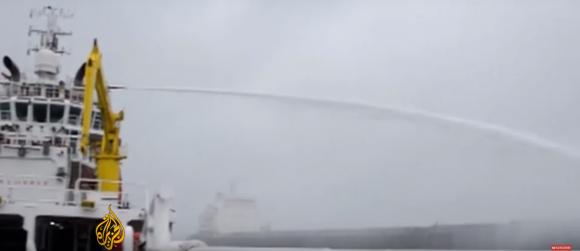 Response teams are struggling to bring a fire aboard the Iranian Suezmax tanker Sanchi under control following a
Response teams are struggling to bring a fire aboard the Iranian Suezmax tanker Sanchi under control following a 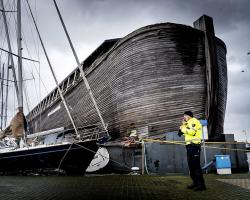
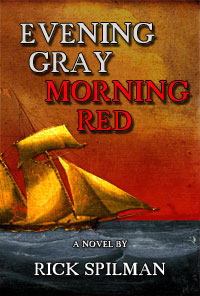 A review of
A review of 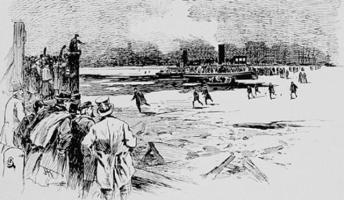
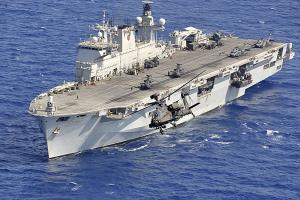
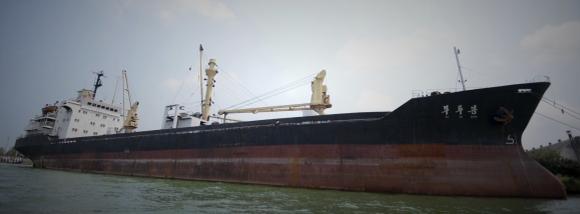 Sanctions do not mean much if they are not enforced. The UN has been imposing increasingly stricter limitations on the importation of crude and refined oil to North Korea. Still, oil has been getting through. In the past few days, South Korea has seized two tankers; the
Sanctions do not mean much if they are not enforced. The UN has been imposing increasingly stricter limitations on the importation of crude and refined oil to North Korea. Still, oil has been getting through. In the past few days, South Korea has seized two tankers; the 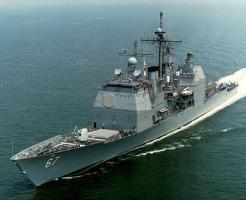 Back in June,
Back in June, 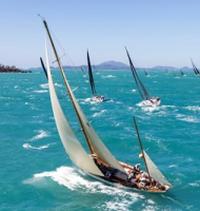 Four years ago, the yacht racing world was caught aback when
Four years ago, the yacht racing world was caught aback when 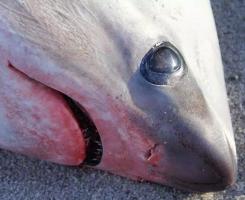 It is brutally cold on the Northeast coast of the US right now. Temperatures are hovering around the 20s F (in negative digits measured when in Celcius) from Virgina to the Canadian border. It is so cold there are reports of sharks freezing. Two thresher sharks were found dead on a Cape Cod beach, believed disabled by cold shock, which led to their stranding and death.
It is brutally cold on the Northeast coast of the US right now. Temperatures are hovering around the 20s F (in negative digits measured when in Celcius) from Virgina to the Canadian border. It is so cold there are reports of sharks freezing. Two thresher sharks were found dead on a Cape Cod beach, believed disabled by cold shock, which led to their stranding and death.  This year’s
This year’s 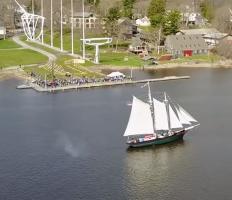
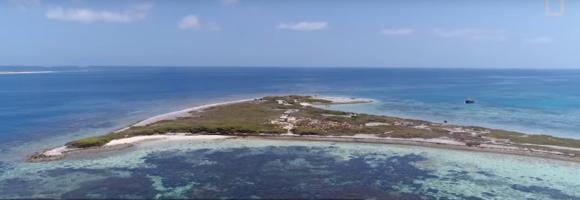
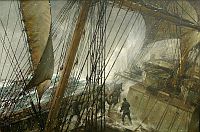 We hope that everyone is having a most merry Christmas. Here is a repost from 2014 of a poem by
We hope that everyone is having a most merry Christmas. Here is a repost from 2014 of a poem by 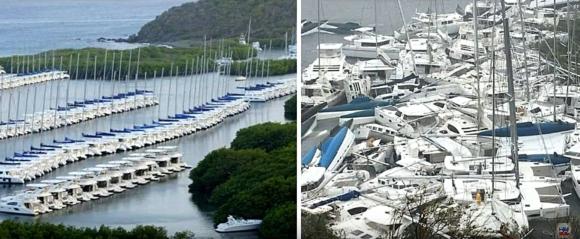
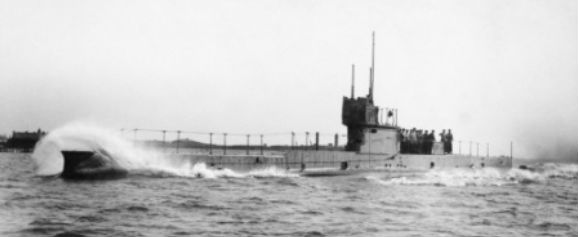 After being lost for 103 years, the wreck of Australia’s first submarine,
After being lost for 103 years, the wreck of Australia’s first submarine,  Happy
Happy